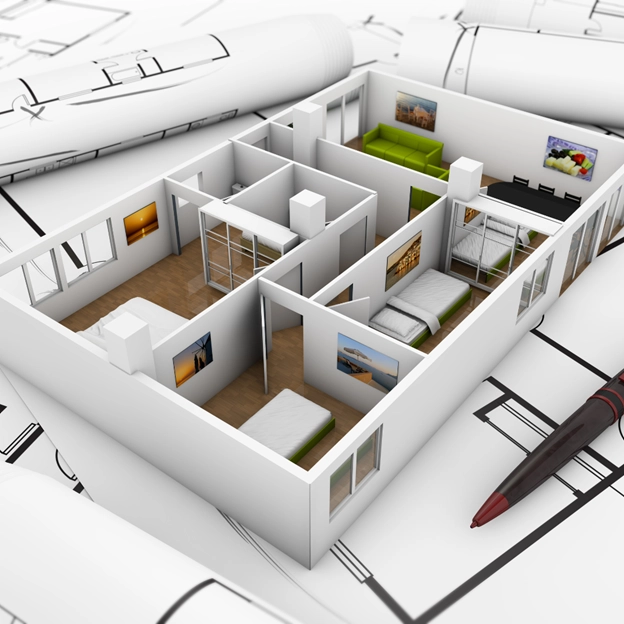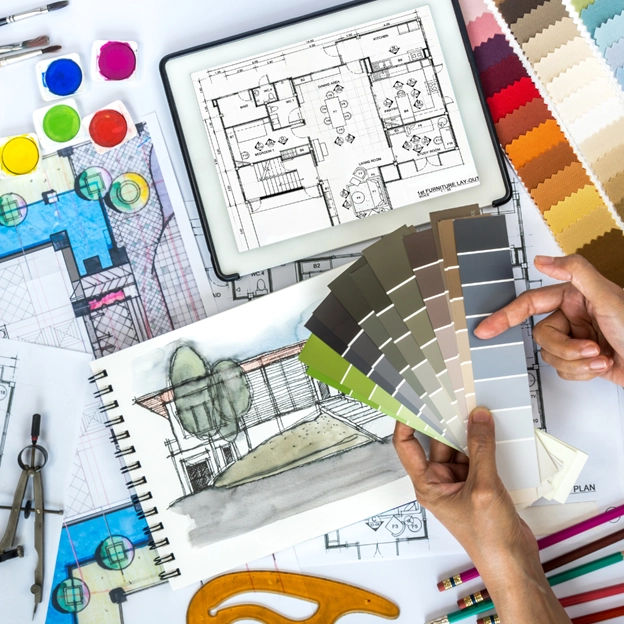
Architecture Aesthetic or beyond
Whenever someone hears the term ‘architecture’, it often strikes them with an imagery of complex and beguiling, intricate structures; opinions and images undeniably festered by their surroundings. For example, architecture of the new age is often associated with repetitive use of curtain walls and that itself has become a paradigm of ‘modern aesthetic’, not to be confused with ‘modern architecture’. In a lay man’s world,architecture project management course In Mumbai and aesthetic sense are often considered to be the same thing if not used interchangeably. However, designers and practitioners of the field know it to be so much more than that. Architecture from the break of dawn has never been about making something look appealing to the eye but rather been a fortuitous by product Since architecture has been known to exist it has embraced a variety of kinds of aesthetics. They can also give the name to specific types of architecture. The roots of architecture can be traced to the beginning of times where architecture was utilized as a symbol of power or dominance, as well as belief systems and many other things. In all of these instances, it is evident that the aesthetic aspects of architecture were not only about aesthetics or visuals however, they also contained a deeper meaning within. While the effort was made to enhance aesthetic elements and form an overall design that would reveal the deeper meaning masters in architecture project management.

It is interesting to note that philosophers of architecture all the way to Yona Friedman up to Peter Eisenman to Patrick Schumacher and even contemporary Indian architects such as Rahul Mehrotra, imagine architectural futures from a designers and users perspective, placing more emphasis on the aesthetics and character of the constructed. In today's rapidly changing post industrial world, we've reached an era where design parametrics are created on computers and aesthetics are also incorporated. A well-designed building is not just one that is beautiful however, it must be one that is able to satisfy the purpose for which it was created, and also has layers of sustainability, circulation, accessibility, user-friendliness etc. It is crucial for us as an architectural community to understand that interior design course in mumbai can't be confined to a single set of aesthetics.
Architectural aesthetics and spatial properties are inextricably linked. Design concepts play a crucial element in determining the style and aesthetics of the constructed structure. However, the concept should not necessarily stem from aesthetics, or anything that is visible, or taken from the location or derived from abstract concepts. It could also be manifested by the spatial qualities and the user experience in the form of design. For instance, regardless of the appearance of the built environment, someone who is in direct sunlight for a long period of time would prefer an area that is shaded. The entire impression of the individual alters as the physical environment of the building alters. This implies that the smallest aspects, that are not just the surface design of the structure are the most important for the design to work in the real world. Thus, a building can be designed in a manner that allows for these smaller experience, while also making it visually attractive.

architecture colleges in india is a vital element of design, but it shouldn't be limited to just visuals. Form and circulation and the spatial plan, user experiences, the structural plan, as well as a host of other elements can be combined in both a functional and aesthetic way to create a seamless and complete design.


Comments (4)
Eva Rodriguez
Vivamus laoreet. Nullam tincidunt adipiscing enim. Phasellus tempus. Proin viverra, ligula sit amet ultrices semper, ligula arcu tristique sapien, a accumsan nisi mauris ac eros.
Dominic Parker
Donec orci lectus, aliquam ut, faucibus non, euismod id, nulla. Curabitur blandit mollis lacus. Nam adipiscing. Vestibulum eu odio. Vivamus laoreet. Nullam tincidunt adipiscing enim. Phasellus tempus.
Eva Rodriguez
Nam adipiscing. Vestibulum eu odio. Vivamus laoreet. Nullam tincidunt adipiscing enim. Phasellus tempus.
Jonathan Bell
Donec orci lectus, aliquam ut, faucibus non, euismod id, nulla. Curabitur blandit mollis lacus. Nam adipiscing. Vestibulum eu odio. Vivamus laoreet. Nullam tincidunt adipiscing enim. Phasellus tempus. Proin viverra, ligula sit amet ultrices semper.